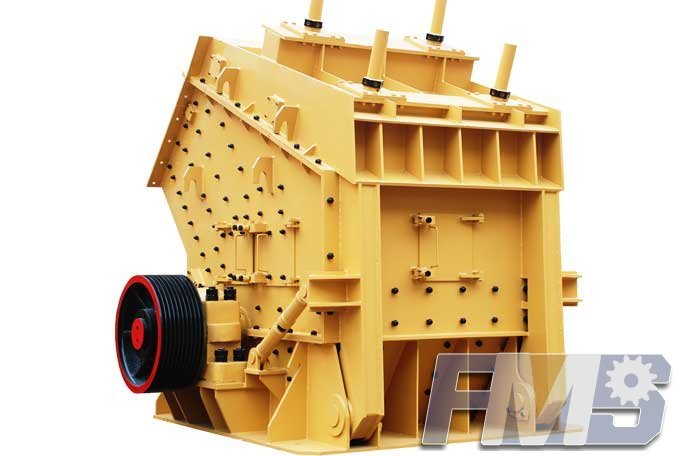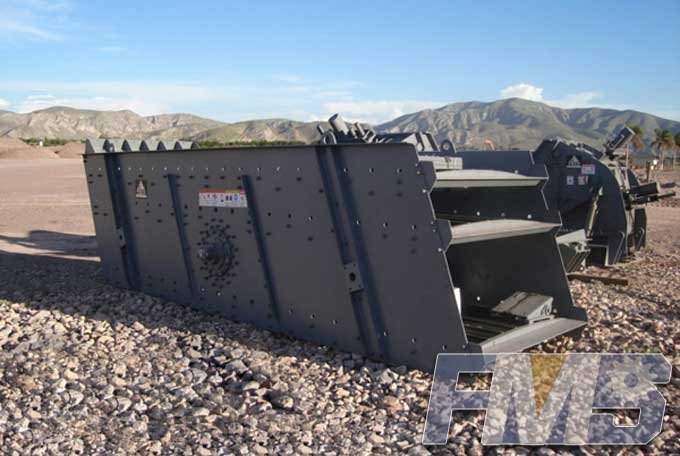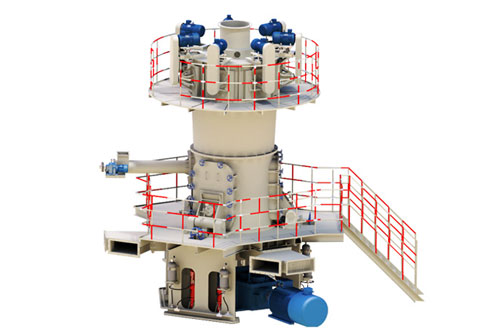SCREENING - SEPARATION PROCESS EXCELLENCE
The concept of efficiency is usually associated with the idea of maximum performance, closeness to perfection, and achievement of limits, among other factors. Efficiency is commonly a value compared to an ideal and not necessarily an attainable value.
Where the screening classification operation is concerned, it is rather vague, and it is even difficult to choose a precise definition for the efficiency concept. The ideal goal, or the per- fect performance, is difficult to establish and quantify.
Whenever we wish to separate bulk material, which is theoretically made of distributed par- ticles in a continuous way (containing all possi- ble particle dimensions within a certain range), the first problem is to set the cutting reference – that is, the nominal cutting value.
As an illustrative example, let us assume the manufacture of a part containing machined components, since this is a common situation in our business sector. The machined dimensions are normally indicated by a nominal measure and a tolerance margin. As the word ‘tolerance’ indicates, we accept variation within certain spans. This is due to the impossibility of attaining the nominal value with zero deviation. When we manufacture a part whose nominal dimensions and corresponding tolerances are known, we can measure it at the end of the process and decide whether or not it meets specifications. If we try to proceed otherwise, as, for example, trying to produce a drawing from dimensions taken from a finished part, we face many difficulties in establishing the nominal value and the accepted tolerances for each of these measurements.
Whenever we analyse the result of a screening operation – and in this example we will restrict this operation to a single deck or a single screen – we verify that the passing material presents a specific granulometric distribution that has a minimum size equal to the minimum for the feed material and a maximum value near (but not equal to) the opening size of the screen utilised. Similarly, the retained material also presents a granulometric distribution with a maximum size equal to the feeding and a minimum size lower than the screen opening size.
When we wish to separate a material into two fractions, we normally adopt a screen with an opening equal to or around the measurement of the desired size, and we carry on with the process. The important issues that arise are: Have we obtained the desired separation? How do we check it? How are we to evaluate the performance? If we change the screen type or the opening, how should we compare the results?
It is reasonable to state that we always know the screen opening size in the screening operation from which we collect the fractions under study; however, let us assume that this information is not available. Under these circumstances, we may ask: Which is the ef ective classification value for this particular material? What is the cutting value for this screen?
Formats proposes for these issues the adoption of a new parameter, named EXCEL-LENCE.
We introduce this new definition in order to promote separation efficiency evaluation that is more objective than are the traditional measurements regarding over and undersizes.
Tagged:
Get Detail Information:
(If you do not want to contact to our online customer service, please fill out the following form, Our client manager will contact you later. We will strictly protect your privacy.)











